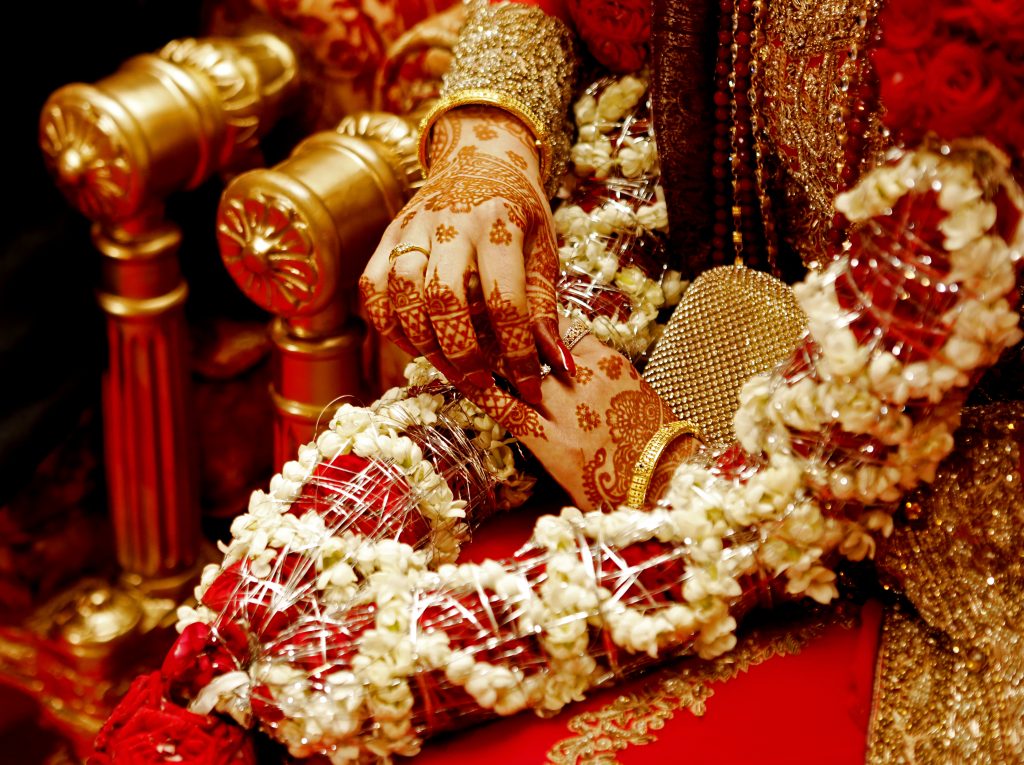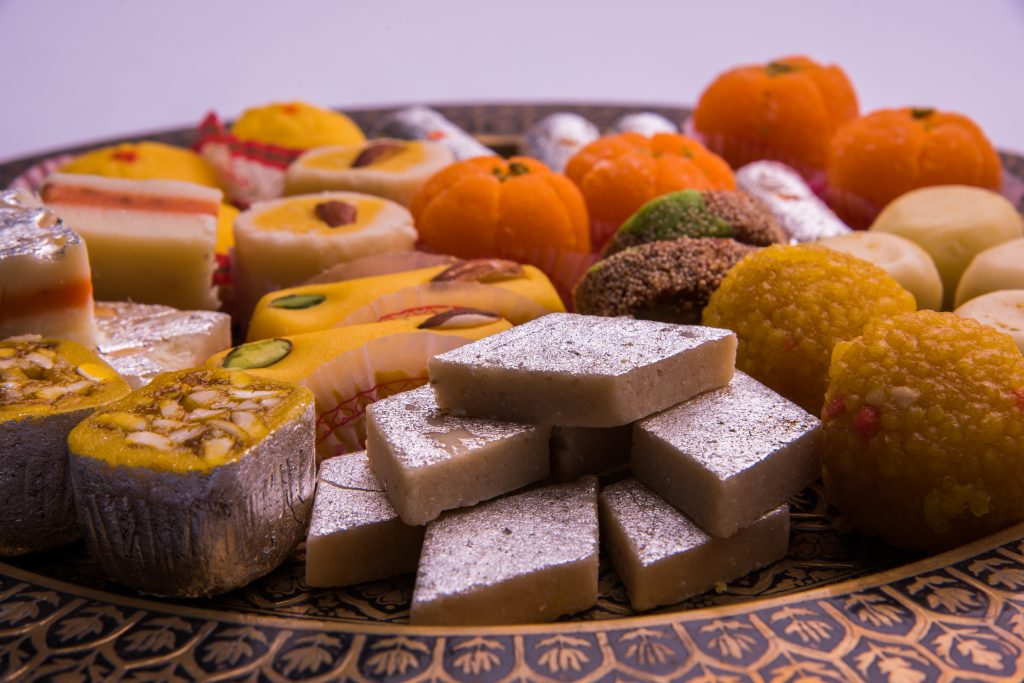Where in the world would you find two countries with so many similarities? Colorful and vibrant are the words that come to mind when speaking about both the Indian and Pakistani culture and lifestyle. Hindi, Urdu, Punjabi, and Gujurati are the four major high-spirited languages spoken by a multitude of people from both countries. In fact, most Bollywood movies and songs are filmed in the Hindi/ Urdu language. This commonality applies to other performing arts as well. Bhangra, a high-energy, Punjabi style of dance music performed at weddings and parties is common in both India and Pakistan. When you think of Punjabis, you think of bhangra–and vice versa. Speaking of music, Qawwali, a form of Sufi Islamic music performed at shrines and dargahs is also notably popular throughout South Asia.
Similarly, both countries share an array of similarities in regards to the customs and traditions that characterize a “desi” wedding. Unlike Western weddings, South Asian marriages are a week-long affair, including multiple events such as: a haldi/mayoun, followed by a sangeet/mehendi, concluding with a grand wedding reception. Brides tend to steer away from dressing in lighter colors, and strongly prefer wearing intricately designed red or maroon outfits, accompanied by dramatic hair and makeup, and gold jewelry. In both cultures, you will find the hands of the bride and her closest family members decorated with ornate henna designs.

Although the music, dancing, and newly married couple are important aspects of a wedding, the best part about a desi wedding, as we all know, is the food. Ranging from delicious appetizers such as pakoras, aloo tikkis, chaat, and pani poori, to entrees like palak paneer, pilau, bhindi masala, and curry, Indian and Pakistani food is sure to make your mouth water. Pakistani weddings tend to focus on a mix of meat and vegetarian foods like korma, biryani, chana masala, and barbecue items; whereas, the majority of Indian weddings include vegetarian and vegan items like daal makhani, paneer tikka, and gobi manchurian. Especially important in both cultures is ending the meal with heavenly desserts including gulab jamun, ladoos, gajar ka halwa, mango kulfi, and kheer.

Moreover, like the love of football stands strong in America, in both South Asian countries you will find that the love and passion for the cricket sport encompasses all crowds in every household. The love of this sport, and values such as family and education keep loved ones close. Unlike other cultures, it is more common–and actually encouraged–that children live with their parents until they are married, and are raised to take care of their parents in their old-age. Additionally, since poverty is more pervasive among the populations in both countries, the importance of education is heightened among children early on as a path to breaking that cycle.
Certainly both countries share vital features of their cultures with each other, but the similarities do not stop there. They both also share their borders with the Arabian Sea and the village of Wagah. Flag lowering ceremonies at the Wagah-Attari border end in handshakes of good faith between the head guards of each nation, symbolizing brotherhood. In addition, both India and Pakistan have stunning, yet indistinguishable landscapes. From Stok Range, Nubra Valley, and the Central Highlands in India, to Skardu, Gilgit-Baltistan, and Naltar Valley in Pakistan, thousands of tourists visit these breathtaking sceneries every year. Speaking of tourism, some of the must-see landmarks in India include: the Taj Mahal, Charminar, and the India Gate; whereas in Pakistan, similar bucket list spots are the Badshahi Masjid, Minar-e-Pakistan, and Shalimar Garden.

Both India and Pakistan are united in their aspects of culture, traditions, values, and beauty. To this day, people residing in Pakistan and India share a special bond as their forefathers are linked to one another. From similarities in languages, to foods, to landscapes, man-made lines cannot change common ancestry, and the two young nations can be considered family. As Lailah Gifty Akita said: “There is beauty and power in unity. We must be united in heart and mind. One world, one people”.
India Pakistan India Pakistan Bonding India Pakistan Similarities